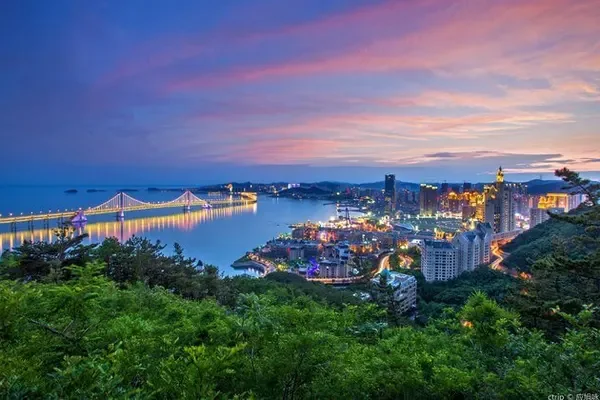The Tibet self-driving tour of Volvo Cars Shanxi Cheyou Club has entered the fifth day today. This morning, it took more than 2 hours to drive along the G318 National Highway from Basu all the way and arrived at today’s important scenic spot—Ranwu Lake. Our Volvo team doesn’t care Is it an S60L or an XC60 (parameter|inquiry)? There is no pressure to climb mountains and ridges, and you can easily deal with any road conditions. Although my Volvo S60 (parameter|inquiry)L has driven 130,000 kilometers , but everything looks excellent, allowing you to pick out any problems, it is definitely a good helper for self-driving travel. After two years, I will have more money at hand, so I decided to buy myself a Volvo flagship model XC90 (parameter|inquiry) to comfort myself.
Ranwu Lake is located in Ranwu Township, Basu County, Qamdo, Tibet Autonomous Region. The cause of formation is the barrier lake formed by the slope of the mountain or the mud-rock flow blocking the river. There are many barrier lakes formed in the southern part of Tibet where the geological movement is active. However, Wuhu Lake is close to the Sichuan-Tibet Highway. On the west side of the lake there are hills and Gabushan Mountains, Agongla Glacier next to it, and Bodhila Ridge to the north.
The tranquility and blueness of Ranwu Lake are well-known far and near, and dead branches and sundries are rarely seen in the lake, and the scenery around the lake is different. However, the color of Wuhu Lake is very rich. The grassland, forest, autumn leaves, white waterfowl and colorful pebbles on the whole beach of the lake are completely new. By the lakeside of Ranwu Lake is a large grassy meadow, with blue lake water and snow-capped peaks, the scenery is picturesque. The long and narrow Amutuo Lake meanders upwards for more than one kilometer and gradually shrinks into a river valley. With the seasons, the river water presents several colors such as blue or blue. There are many rocks and small islands dotted in the river course, and the shadows of the trees on the lake surface in spring and autumn and winter are filled with fog.
Tonight’s accommodation is chosen in the charming Bomi County. Bomi County is located in the eastern section of Tanggula Mountain and the eastern end of Himalayan Mountain. HeGongzangbo River Valley has dozens of tributaries, with a drainage area of 4549.6 square kilometers. There are Kaqing, Murucaofu, Sinma, Mu, Guanxing, Luoji, Gongtang, Maerkuile, Zajie and other ten mountains in the territory. The highest altitude in Bomi County is 6,648 meters, the highest altitude is 2,001.4 meters, and the county government is located in Nanmu Town, which is 2,720 meters above sea level.










